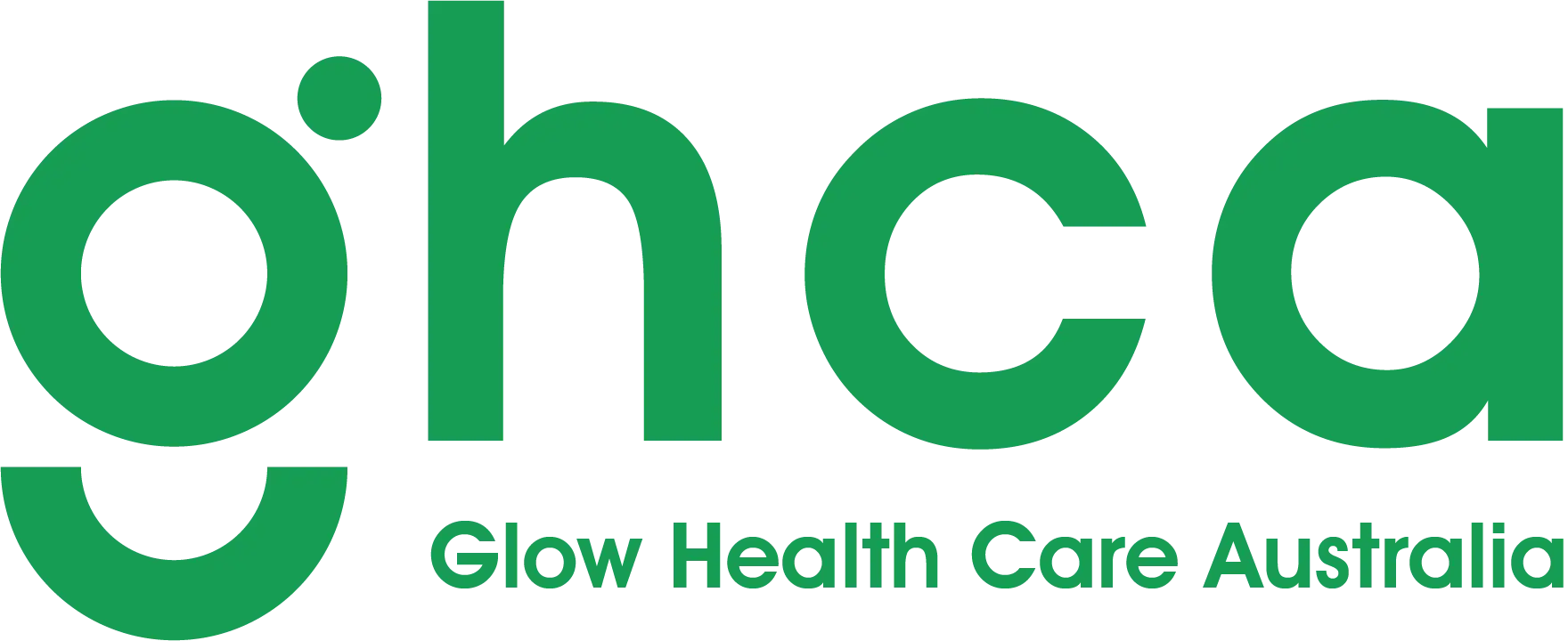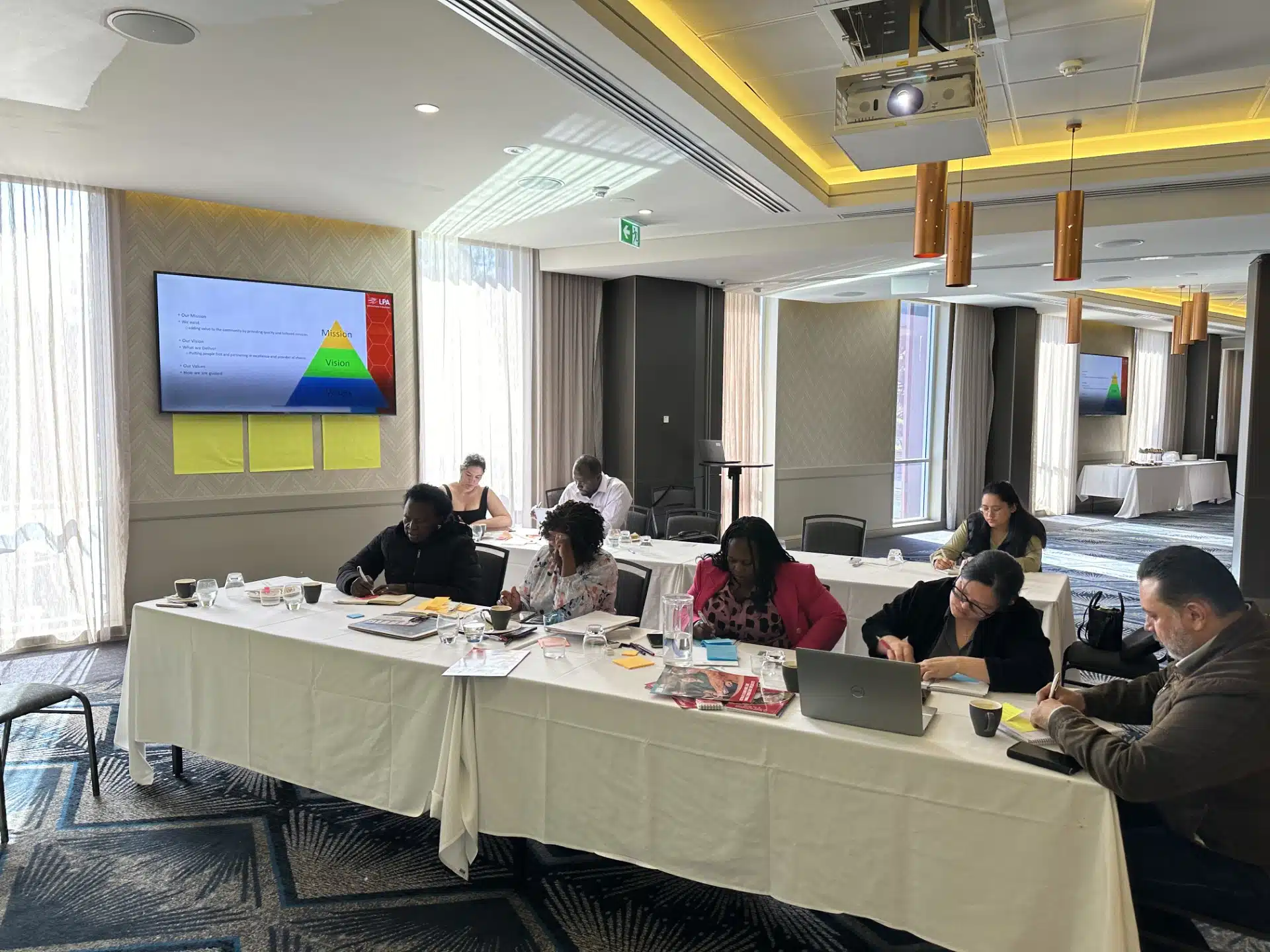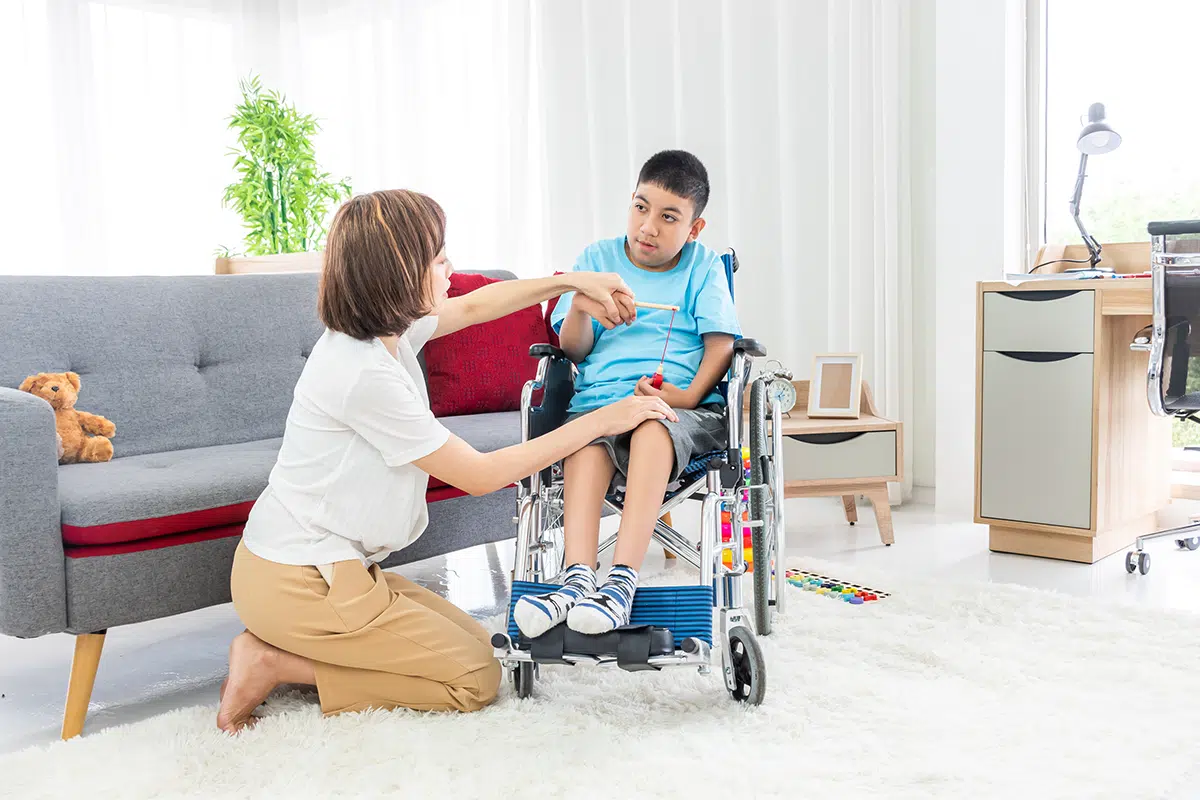What is Assistive Technology?
Assistive Technology (AT) refers to any device, equipment or system that helps people with disabilities do things they otherwise find difficult, or do them more safely and easily. These technologies enable individuals to live more independently or help their carers provide support. Under the NDIS (National Disability Insurance Scheme), AT is recognized as essential capital support – an investment in equipment that improves a participant’s daily living and inclusion. In practical terms, AT can be as simple as a modified spoon or as high-tech as a powered wheelchair. The goal is to empower your independence in everyday life. (For example, a $60 set of modified cutlery or a $530 digital text reader device are both considered AT solutions.)
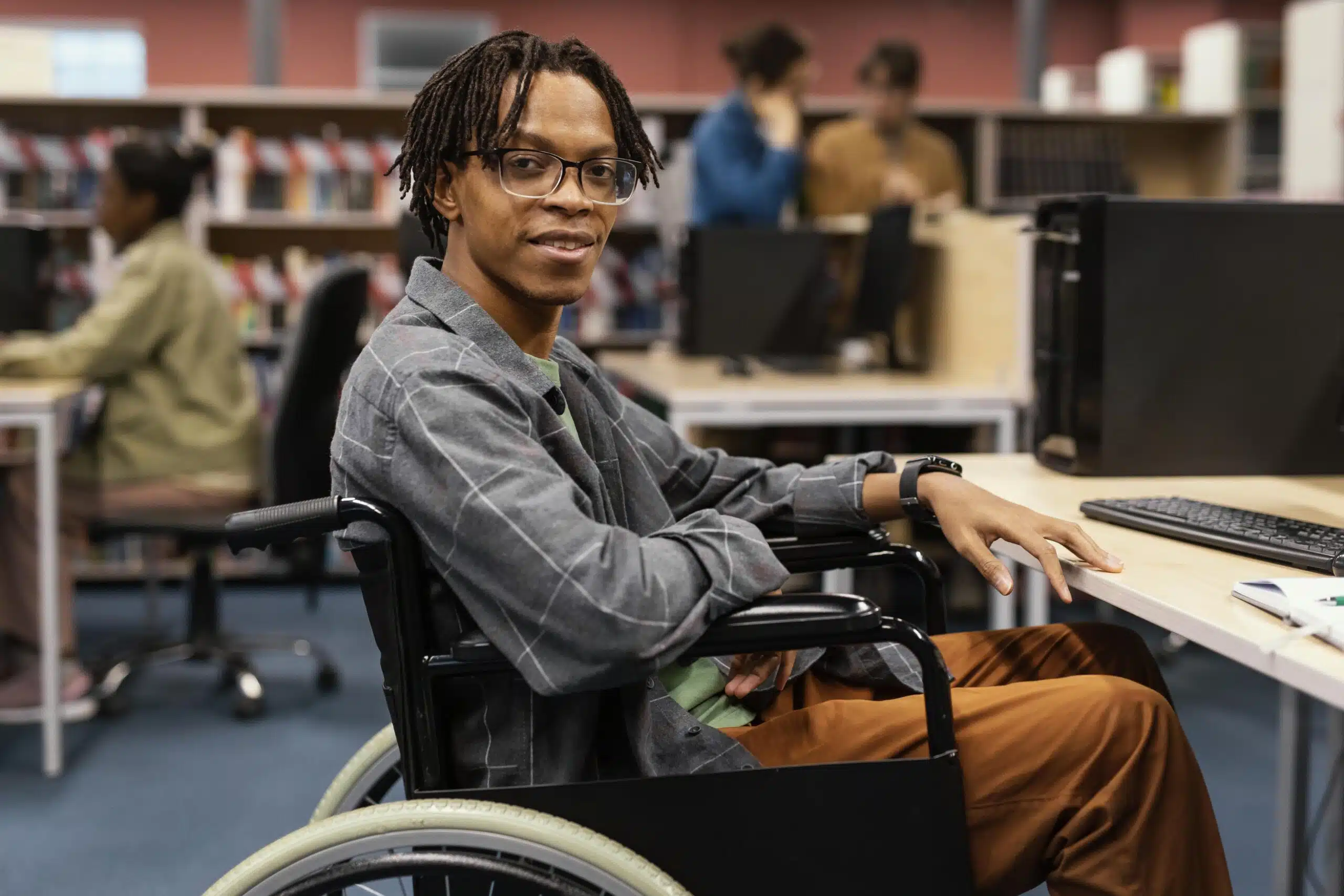
Assistive Products for Personal Care & Safety
Everyday personal activities like bathing, dressing, or moving safely at home can be enhanced by assistive products. Assistive products for personal care and safety include items such as adjustable beds, pressure-relief mattresses, shower chairs, grab rails, and continence aids. These tools make tasks like bathing and toileting safer and easier, reducing the risk of falls or injuries. For instance, a simple shower stool or a raised toilet seat can help someone maintain balance and dignity while washing or using the bathroom. Specialized clothing (like adaptive shoes or clothing with easy fasteners) also falls under this category, as do personal alarm systems for emergency calls. By using these technologies, daily self-care activities are made more accessible. Moreover, carers benefit too – with devices like hoists or transfer belts, transfers and mobility support can be done more safely and with less strai
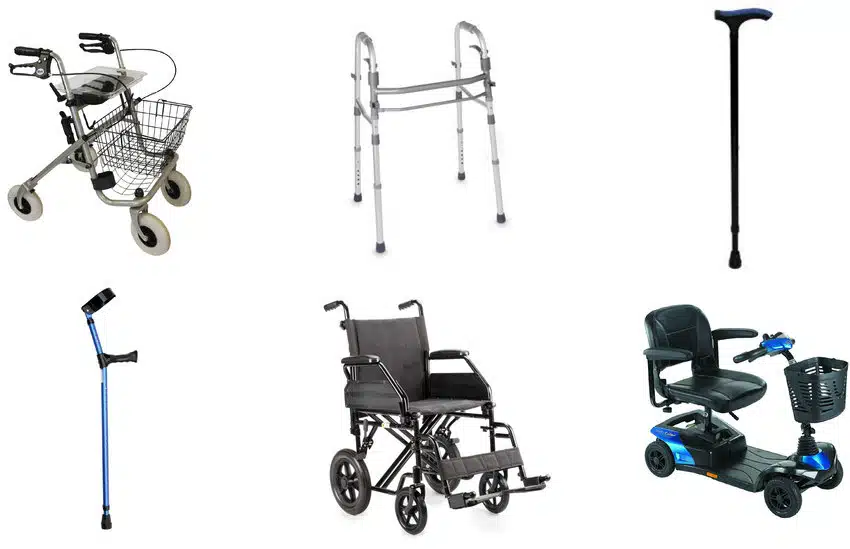
Assistive Technology for Household Tasks
Keeping up with household chores and meal preparation is another area where AT shines. Assistive products for household tasks help participants manage cooking, cleaning, and other domestic activities with greater ease. These include simple but ingenious gadgets like easy-grip utensils, jar openers, kettle tippers, and adapted cutting boards for the kitchen. There are also reacher tools and adaptive grips that help in cleaning or picking up objects without needing to bend or overstretch. Additionally, environmental control units (ECUs) allow people with limited mobility to remotely control appliances, lights, or door openers at home. For example, voice-activated or switch-operated systems can enable someone to turn on the TV, answer the phone, or open curtains independently. In short, household AT devices ensure that daily living tasks are not only possible but convenient, fostering a sense of autonomy.
Assistive Technology and the NDIS
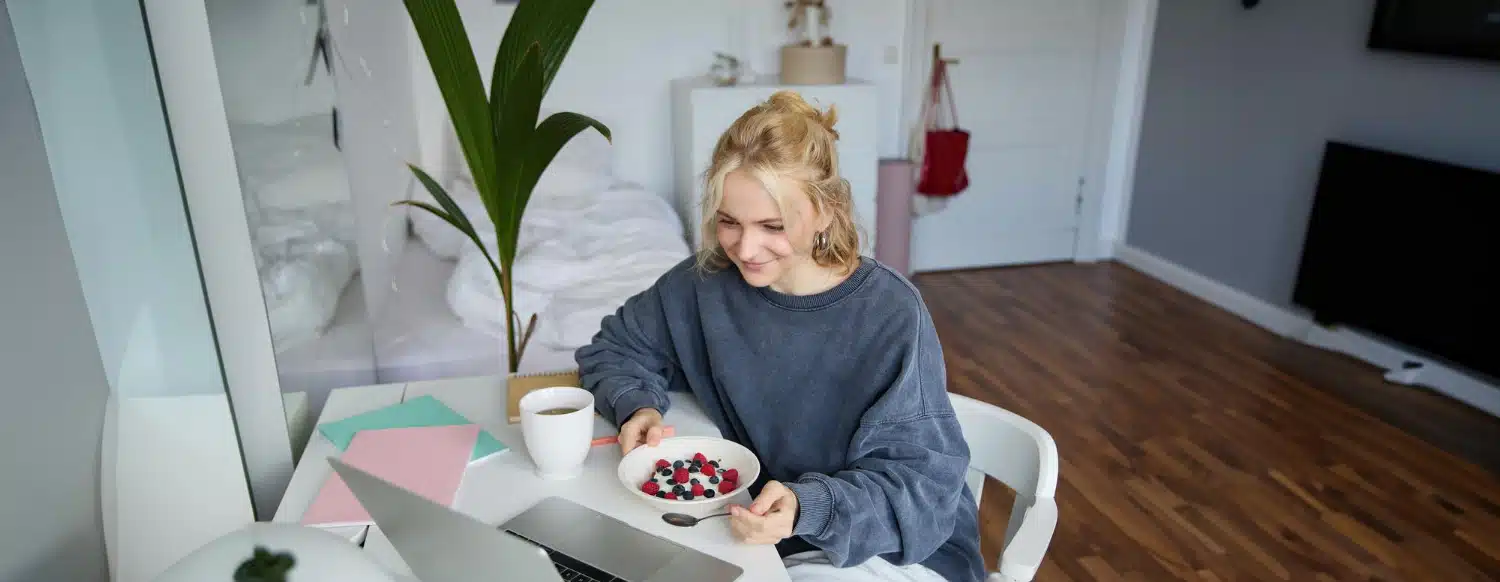
The NDIS Assistive Technology support category helps eligible participants obtain the AT devices and supports they need as part of their approved plan. The NDIS recognizes that providing the right equipment can greatly improve a person’s capacity to live independently, participate in the community, and achieve their goals. Funding for AT under the NDIS is considered on a reasonable and necessary basis – meaning the item must be cost-effective and relevant to the individual’s disability needs and goals. AT supports can be low-cost items (often funded through the Consumables budget for items under a certain cost) or higher-cost Capital supports that may require quotes and professional assessments. For complex equipment like powered wheelchairs or communication devices, an assessment by a qualified therapist is usually needed to find the best solution and to train the participant in its use.
At Glow Health Care Australia, we are committed to supporting you through every step of your assistive technology journey. Our team can help identify the right AT solutions, assist with NDIS funding applications, coordinate trials or quotes, and provide training on using the equipment. We also collaborate with suppliers and therapists to ensure your device is tailored to your needs. Our goal is to see you empowered by technology to live safely, confidently, and as independently as possible. For more information or to explore assistive technology options, contact our team – we’re here to help you glow with independence and possibility!
